| | | | EU Climate PolicyNeither effective nor fair – yetAlmost one year ago, the EU Commission presented its Fit for 55 package. Until today, politics did not adequately address prevailing problems of carbon leakage and distortion of competition in aviation. With the legislative process reaching its crucial phase, it is high time to adjust the proposals and safeguard effective emission reduction, fair competition, and sustainable connectivity in Europe. | |
| | | | Significant carbon leakage effects already in 2035
A recent study by NLR-SEO Amsterdam Economics shows the impact on aviation of the Fit for 55 package. The analysis focusses on future ticket prices, the competitive position of EU aviation and carbon leakage. 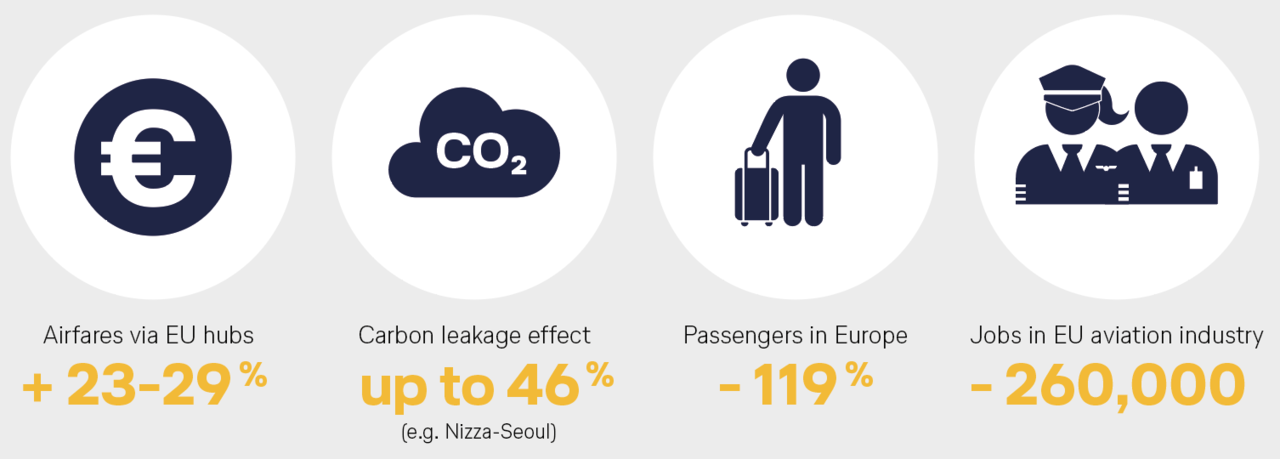
| |
| | | | The warning is a strong one: The transformation towards a climate-neutral economy must neither harm the industry in Germany nor lead to job losses, says Yasmin Fahimi, President of the German Trade Union Confederation (DGB). Otherwise, committing „economic suicide“ would be the consequence. The union‘s concerns are justified. Fahimi‘s call for the necessary balance between economic prosperity and climate protection applies to almost all sectors. At present, this is particularly true for aviation: the Fit for 55 plans threaten to create a considerable imbalance at the expense of European network airlines and hubs. Large non-EU hubs at the gates to the EU and their respective home airlines would benefit. Specifically, two dossiers urgently need to be improved in terms of competitive neutrality and carbon leakage avoidance: the blending mandate for sustainable aviation fuels (SAF) and the revision of the EU Emissions Trading Scheme (ETS). SAF blending mandate unilaterally disadvantages European aviation
The planned SAF blending mandate will unilaterally increase fuel costs due to the significantly more expensive green kerosene. As a result, the price of airline tickets in Europe will rise. Passengers can easily avoid the major part of this price increase by travelling via a non-EU hub since the SAF mandate only applies to flights departing the EU. As a result, significant levels of carbon leakage and distortion of competition occur. In its current design, the proposal does not provide any mechanism, which could compensate for these unwanted effects. With regard to the SAF mandate, a competition-neutral solution that prevents carbon leakage must be found during the upcoming EU trilogue. The EU council needs to adjust the EU ETS now
The current ETS is limited to EU flights and already disadvantages European network airlines and airports: Intercontinental transfer passengers travelling to or from the EU are subject to the ETS on feeder flights to European hubs. In contrast, a transfer at a non-EU hub implies that the feeder flight to this airport is not included. Instead of using the chance to correct this distortive element in competition, the European Parliament has tightened the proposal. An extension of the ETS scope to any flight departing the EU has been submitted. Further, European parliament has decided to reflect non-CO₂ emissions by proposing an arbitrary multiplier to the emissions under ETS, which lacks any scientific basis. Hence, the ETS is in danger of becoming even more unbalanced than it is already. It is now up to the European Council to take countermeasures. Ensuring fair competition and avoiding carbon leakage
As it stands, Fit for 55 is a stimulus package for autocratic regimes and Europe would become more dependent on third countries regarding transport policy. This cannot be in the interest of the EU. Without any counterbalancing measures, Fit for 55 will drastically increase ticket prices for EU airlines, but not for non-EU competitors. Equal treatment of EU and non-EU airlines is paramount. During the past weeks, we have seen the European Parliament adding more restrictive amendments. In the Council, the governments of most EU Member States are hesitating to take a clear position. The German government committed itself in the coalition agreement to make Fit for 55 a success for climate and the economy. Yet, a clear and tangible position is still missing. In preparation for the upcoming trilogues, solutions for preventing Carbon Leakage and further distortion of competition need to be found to guarantee an effective climate policy. Last week, the German Chancellor himself said what needs to be achieved: „Our industry should emerge stronger from the change that lies ahead of us. I want more jobs here, not fewer. And Germany should become climate-neutral and remain a competitive industrial country.“ That should be precisely the guideline for the German government‘s positioning on Fit for 55. | |
| | | | Impact of Fit for 55 in 2035
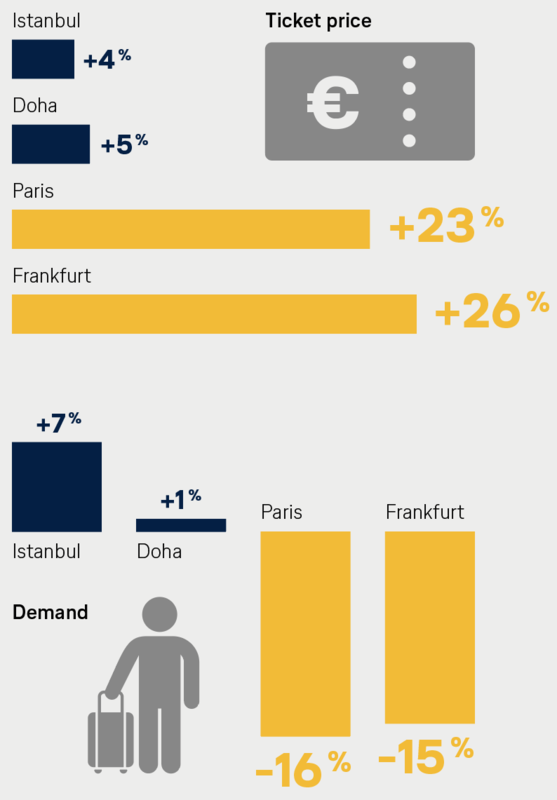 | |
| | | | Lufthansa CargoPioneer for CO2-neutral cargo flightsAt the end of 2020, Lufthansa Cargo and its partner DB Schenker, completed the world’s first CO2-neutral cargo flight between Frankfurt and Shanghai, which enabled a scheduled operation of more than 100 of such flights until now. In addition, customers worldwide can book CO2-neutrally transported shipments, either by purchasing Sustainable Aviation Fuel (SAF) or by investing in certified climate protection projects. However, political support is needed for aviation to achieve complete CO2-neutrality by 2050 at the latest. | |
| | | | Already more than 100 CO2e-neutral cargo flights operated
Since November 2020, Lufthansa Cargo and DB Schenker have been the world’s first air cargo provider to operate completely CO2e-neutral cargo flights between Frankfurt and Shanghai. Among other means, the fuel requirement is entirely covered by SAF. In addition, customers worldwide can book CO2-neutral shipments, either by purchasing SAF or by investing in certified climate protection projects. 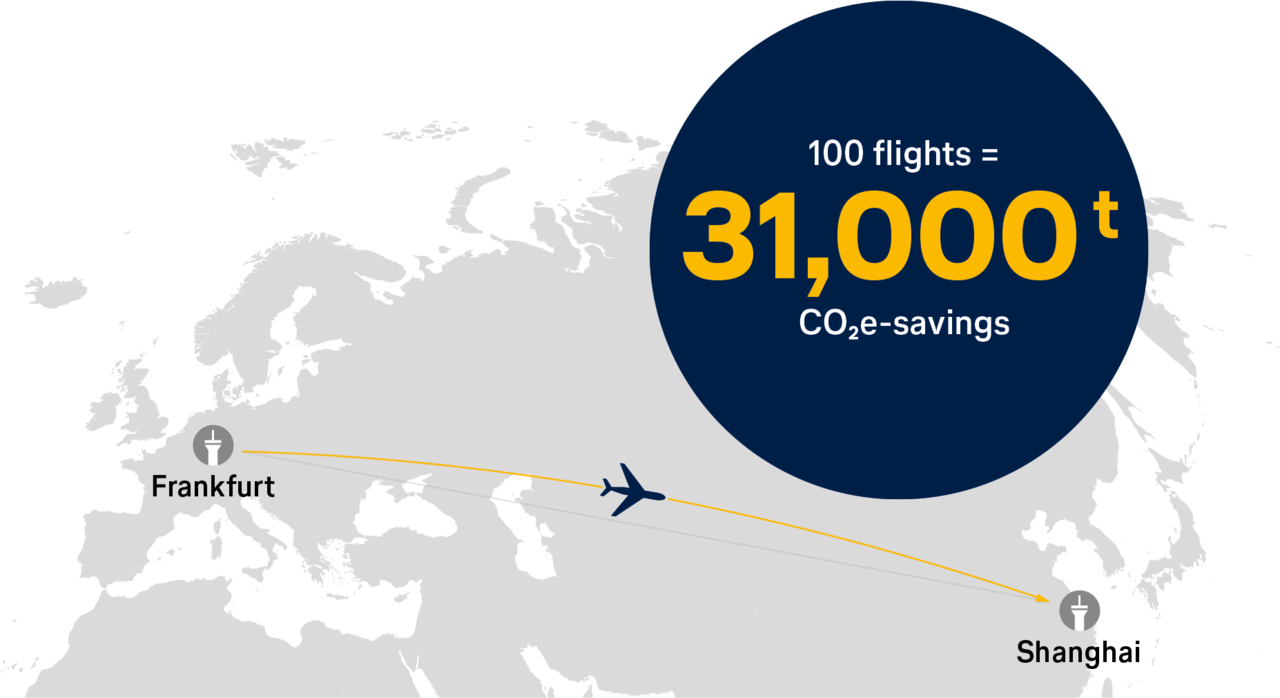
| |
| | | | The use of state-of-the-art, low-emission aircraft is currently the greatest lever for the reduction of CO2 emissions in the sky. See Lufthansa Cargo: In recent years, the airline has completely renewed its long-haul fleet with Boeing 777 freighters. Overall, it has reduced its specific CO2 emissions by more than 50 percent over the past 25 years. Synthetic fuels are crucial
Besides fleet modernization, the use of Sustainable Aviation Fuels (SAF) is essential to the path to CO2-neutral aviation. Since kerosene of biogenic origin is only available to a limited extent, the development of synthetic kerosene must be ramped up. The Lufthansa Group is setting priorities here, for example as a partner and pilot customer of the world’s first power-to-liquid (PtL) plant in Werlte, Germany. From there, Lufthansa Cargo and its freight forwarding partner Kühne+Nagel purchase around 20 metric tons of synthetic kerosene per year. Maintaining competitiveness
Nevertheless, the aviation industry cannot manage the fuel supply transformation on its own. The reason: future PtL kerosene will be up to ten times more expensive than conventional kerosene. Policymakers are called upon to massively incentivize industrial PtL production. The price of the currently available biogenic fuel is about five times higher than conventional jet fuel. Due to this price difference, it is imperative that a SAF blending mandate, as is currently planned in the EU climate protection package Fit for 55, is designed in a competition-neutral way. Otherwise, airlines will have a financial incentive to uplift fuel outside the EU, where no SAF blending mandate exists. This would lead to carbon leakage and considerable competitive disadvantages for European airlines. Enabling digitalization
The use of innovative technologies also leads to noticeable CO2 savings. Lufthansa Cargo is investing heavily in innovation. For example, the airline will equip the surface of its 11 B777 freighters with the AeroSHARK durable bionic film to optimize the aerodynamics. The annual CO2 reduction amounts to more than 10,000 metric tons. Since 2022, Lufthansa Cargo transports shipments exclusively with electronic air waybills (eAWBs) on all eAWB feasible trade lanes. As a result, the airline has saved around 50 metric tons of paper and over 20 metric tons of CO2 annually by reducing the weight on board the aircraft. In order to drive digital transformation and achieve paperless air cargo transportation, the German authorities also have to ensure the fully digital exchange of the comprehensive cargo information and swiftly implement the EU regulation „eFTI“. | |
| | | | DLR guest articleEurope and the hubs at gates of the EUAir transport has grown dramatically over the past decade: worldwide, passenger numbers almost doubled between 2010 and 2019. While the COVID-19 pandemic caused a dramatic downturn, the recovery phase is well under way. In the coming years, it will be interesting to observe just how flight connections and passenger flows will have changed compared to the 2010s. | |
| | | | Passenger flows Europe to Central Asia, Middle East Gulf region, India, Southeast Asia, Far East, Eastern and Southern Africa by transfer hub 
| |
| | | | Before the pandemic, there were two clear trends in the position of Europe within the intercontinental aviation network. First, the number of direct intercontinental flights was steadily increasing. Second, most of the growth in connecting flights to Asia and Africa was seen to the southeast, at hubs outside the borders of the EU. As a result, European hubs were under considerable pressure even before COVID-19. Passenger flows to and from Europe show that EU hubs are losing market share: international aviation is growing more strongly outside the continent. Analyses by DLR, German Aerospace Centre, have put these developments in sharp focus. The number of passengers on flight connections from Germany to Asia and Africa rose by 73 percent between 2010 and 2019. The increase is even more marked at the European (European Economic Area [EEA] plus the UK and Switzerland) level, with passenger figures up by 82 percent from 56.4 million to 102.9 million over the same period. Smaller growth was seen in the number of transfer passengers, up by 15 percent in Germany and by 19 percent in Europe. Nevertheless, the market share of European hubs as transfer points for traffic from Europe to Asia and Africa fell from 27 percent in 2010 to just 18 percent in 2019. The rapidly expanding hubs in Dubai, Abu Dhabi, Doha and Istanbul have benefited substantially from this development. Their market share of traffic flows from Europe to Asia and Africa rose from 16 percent in 2010 to 25 percent in 2019. Traffic from North America via Europe to Asia and Africa is more stable, with little change in market shares of the European hubs over the same period. Despite the upheaval caused by the COVID-19 pandemic for global air transport, these abovementioned trends remain. It remains to be seen how the current recovery of aviation and future European climate measures will affect the development and competitiveness of German and European hubs. The aviation industry must undoubtedly play its part in reducing its impact on the climate. To this end, we at DLR are also researching an array of new technologies and concepts to achieve the climate-neutral flying of tomorrow. The shift of traffic flows from European to non-European hubs, however, shows a significant challenge for globally successful climate measures. 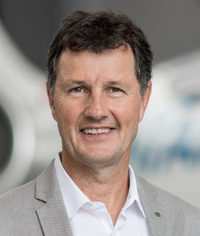
Dr. Markus Fischer
DLR Divisional Board Member Aeronautics
German Aerospace Centre | |
| | | | Three options in booking-processCO2-neutral Flying is now even more convenientLufthansa shares the ambitious climate goals of the European Commission and makes climate-conscious travel even easier for its customers: Since the end of April, travellers are able to choose between three options, all of which guarantee a CO2-neutral journey. | |
| | | | Immediately after selecting their flight itinerary on lh.com, passengers are now offered three options for CO2-neutral flying. Ticket and CO2 offset are then paid together. | |
| | | | Option 1
Sustainable aviation fuels that are currently produced from biogenic residues and directly reduce CO2 emissions. Option 2
CO2 offsetting via high-quality carbon offset projects of the non-profit organization myclimate in Germany and other countries around the world. These promote measurable climate protection by saving CO2 as well as improving quality of life and biodiversity. Option 3
A combination of both options. | |
| | | | Product campaign in the spirit of climate protection
With its new offer, Lufthansa is making offsetting and CO2 reduction easier and more transparent, aiming at encouraging more passengers to opt for climate-friendly travel. To date, less than one percent of Lufthansa passengers have taken advantage of the option to fly CO2-neutrally. In the course of the second quarter of 2022, the service will also be available in the booking portals of the Lufthansa Group airlines Austrian Airlines, Brussels Airlines and SWISS. Another incentive will follow: Those who opt for one of the three CO2-offset options in the future will receive additional status and award miles. With a clear strategy towards a sustainable future
The Lufthansa Group embraces its responsibility for effective climate protection – with a clearly defined path towards CO2-neutrality: By 2030, the company’s own net CO2 emissions are to be halved compared with 2019, and by 2050 the Lufthansa Group aims to achieve CO2-neutrality. To this end, the the company relies on accelerated fleet modernization, the continuous optimization of flight operations, the use of sustainable aviation fuels, and innovative offers to make air travel and freight transport CO2-neutral. The Lufthansa Group itself has been offsetting the CO2 emissions of the flights of its employees on business trips via myclimate carbon offset projects since 2019. | |
| | | | Flying on SunlightLufthansa and Synhelion invest in Solar keroseneThe Lufthansa Group is backing innovative and CO2-neutral aviation fuels, more so than most other airlines. A recent example: At the beginning of March 2022, the Group airline SWISS and Synhelion agreed on a strategic collaboration to produce solar aviation fuels. The goal of this partnership is to accelerate the market rollout of this pioneering technology, implement initial pilot projects in Europe, and scale global production capacity. | |
| | | | Sun-to-liquid-technology makes CO2-neutral flying possible. 
| |
| | | | The process developed by Synhelion, which has already been verified several times on a small scale, makes it possible to remove CO₂ from the atmosphere and convert it into a synthetic gas using concentrated sunlight and water. This process can then be used to generate fuel. These sun-to-liquid fuels release only as much CO₂ as was previously removed from the atmosphere. Synhelion will build the world’s first plant for the industrial production of solar fuels in Jülich before the end of 2022. There, the German Aerospace Center (DLR) maintains a pilot facility with 2,000 movable mirrors that bundle sunlight. Starting in 2023, the Lufthansa Group airline SWISS will be the first airline in the world to use solar kerosene. Lufthansa Group pioneers sustainable aviation fuels
For more than a decade, the Lufthansa Group has been intensively involved in research, testing, and use of SAF and is pushing ahead with key technologies. Today, it is one of the world’s largest purchasers of SAF made from biogenic residues. With its commitment to solar fuels, the Lufthansa Group underscores its position as a pioneer in new climate-conscious technologies in aviation. The cooperation with Synhelion is one of more than 80 projects bundled in the Lufthansa Group CleanTech Hub. The Hub combines the comprehensive know-how of the Lufthansa Group with start-ups and global players from research and industry. | |
| | | | Jülich Solar Tower
Production plant for solar kerosene 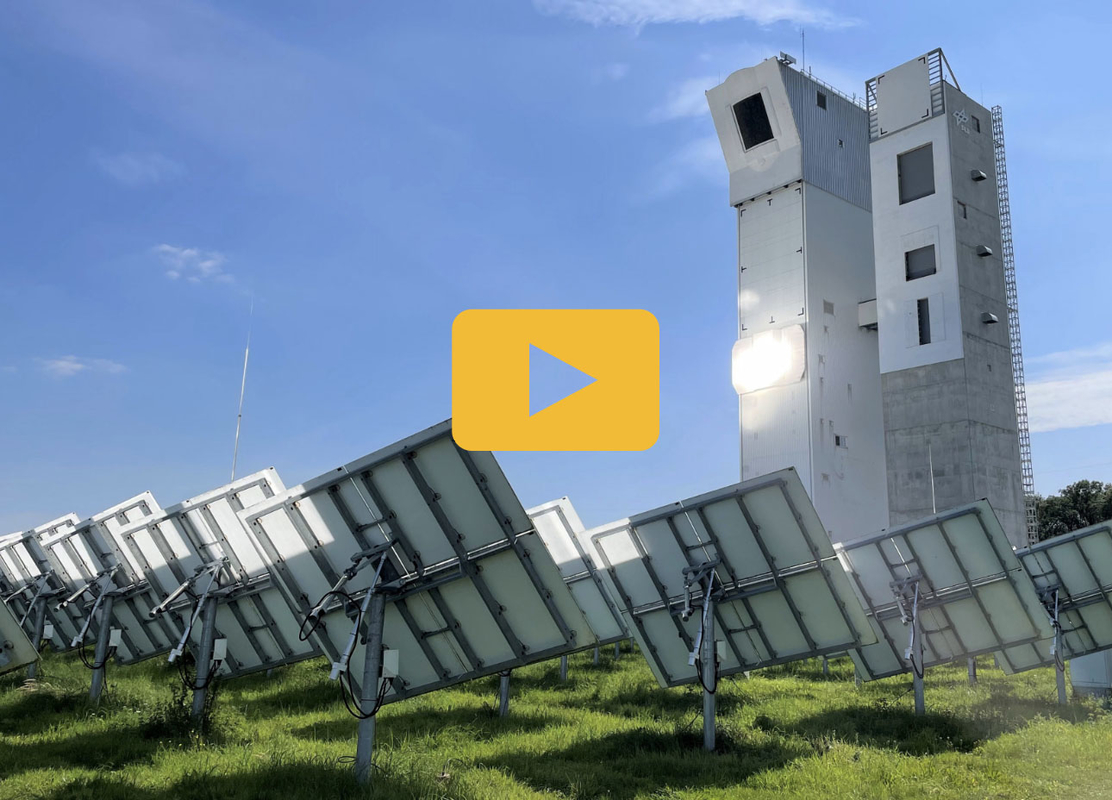
| |
| | | | LUFTHANSA GROUP Your Contacts Show PDF Show PDF
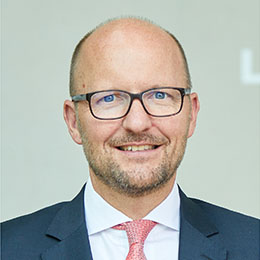
Andreas Bartels
Head of Corporate
Communications
Lufthansa Group  +49 69 696-3659 +49 69 696-3659
 andreas.bartels@dlh.de andreas.bartels@dlh.de
| 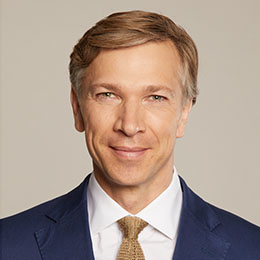
Dr. Kay Lindemann
Head of Corporate
International Relations and
Government Affairs
Lufthansa Group  +49 30 8875-3030 +49 30 8875-3030
 kay.lindemann@dlh.de kay.lindemann@dlh.de
|
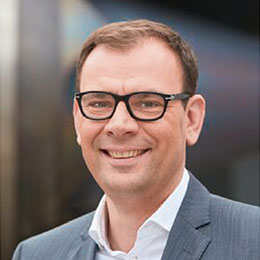
Martin Leutke
Head of Digital Communication
and Media Relations
Lufthansa Group  +49 69 696-36867 +49 69 696-36867
 martin.leutke@dlh.de martin.leutke@dlh.de
| 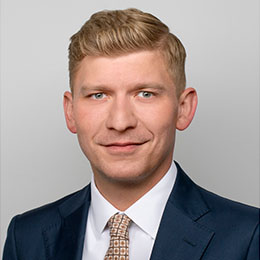
Jan Körner
Head of Government Affairs
Germany and Eastern Europe
Lufthansa Group  +49 30 8875-3212 +49 30 8875-3212
 jan.koerner@dlh.de jan.koerner@dlh.de
|
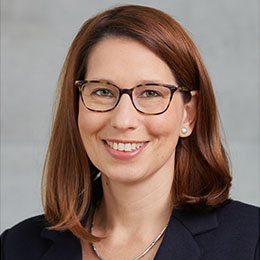
Sandra Courant
Head of Political Communication
and Media Relations Berlin
Lufthansa Group  +49 30 8875-3300 +49 30 8875-3300
 sandra.courant@dlh.de sandra.courant@dlh.de
| 
Jörg Meinke
Head of EU Liaison Office
Lufthansa Group  +32 492 228141 +32 492 228141
 joerg.meinke@dlh.de joerg.meinke@dlh.de
|
| |
| | | | Published by:
Deutsche Lufthansa AG
FRA CI,
Lufthansa Aviation Center
Airportring, D-60546 Frankfurt Andreas Bartels
Head of Communications
Lufthansa Group Dr. Kay Lindemann
Head of Corporate International
Relations and Government Affairs
Lufthansa Group Martin Leutke
Head of Digital Communication
and Media Relations
Lufthansa Group | Editor in Chief:
Sandra Courant
Head of Political Communication
and Media Relations Berlin
Lufthansa Group Editorial Staff:
Annette Braun, Hannah Grace Carter, Markus Karassek, Holger Kindler, Julia Leukel, Henning Neuhaus, Claudia Walther Press date:
24 June 2022 Agency Partners:
Köster Kommunikation
GDE | Kommunikation gestalten |
| |
|